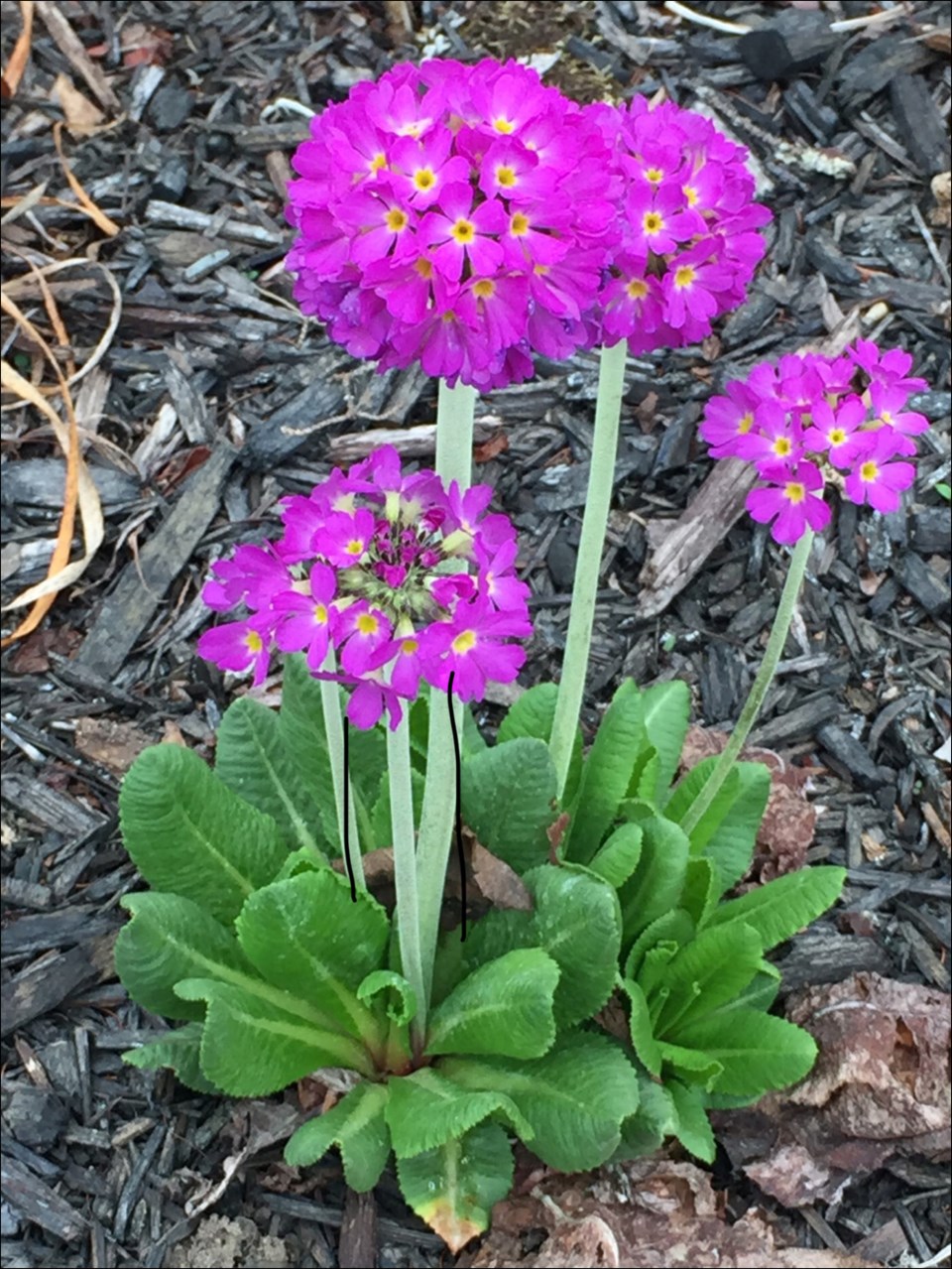Spring is taking its time this year. We have had the occasional warm days to give us hope, but they were soon followed by cold, windy days. As I write this, the forecast for the next few nights is for lows of six and seven degrees Celsius with a wind chill of four degrees. Even the dandelions appeared late.
After a long winter, people are anxious to see flowers and many flock to the garden centres as soon as plants are available. That’s fine, as long as one is prepared to bring them in or cover them when they need protection from the cold.
But there is another way to have early flowers in spring, and no protection is required.
The earliest blooms come from bulbs and are quite small, but showy in numbers, providing food for early bees. These are the bulbs initially planted in fall that appear every spring thereafter. The early bulbs are primarily crocuses and squills. This year, mine appeared by the last week of April, a week later than usual. These were followed by tulips and daffodils, and now the grape hyacinths are also blooming.
The first perennials were up the second week of May, starting with European crocus; very similar to our native crocus or pasqueflower. Next came a selection of primroses. Not all primroses are hardy, but the ones that are put on a colourful display.
The only drawback is that these perennials are not easy to obtain. The European crocus or pasqueflower are available in seed catalogues and larger nurseries. The hardy primroses are harder to find. Drumstick primrose, Primula denticulata, may be available at nurseries.
Most of my primulas were started from seed as an experiment, but even the seeds are not readily available. The supplier of seed I used in the past is no longer in operation, but a search on the internet yielded some sources.
Other hardy primroses in my garden are Primula auricula, P. vulgaris, P. elatior, and P. veris in both yellow and red.
If you are thinking of trying to grow from seed, keep in mind that species primroses are generally hardier than fancy named varieties, and European species are hardier than Asiatic species.




